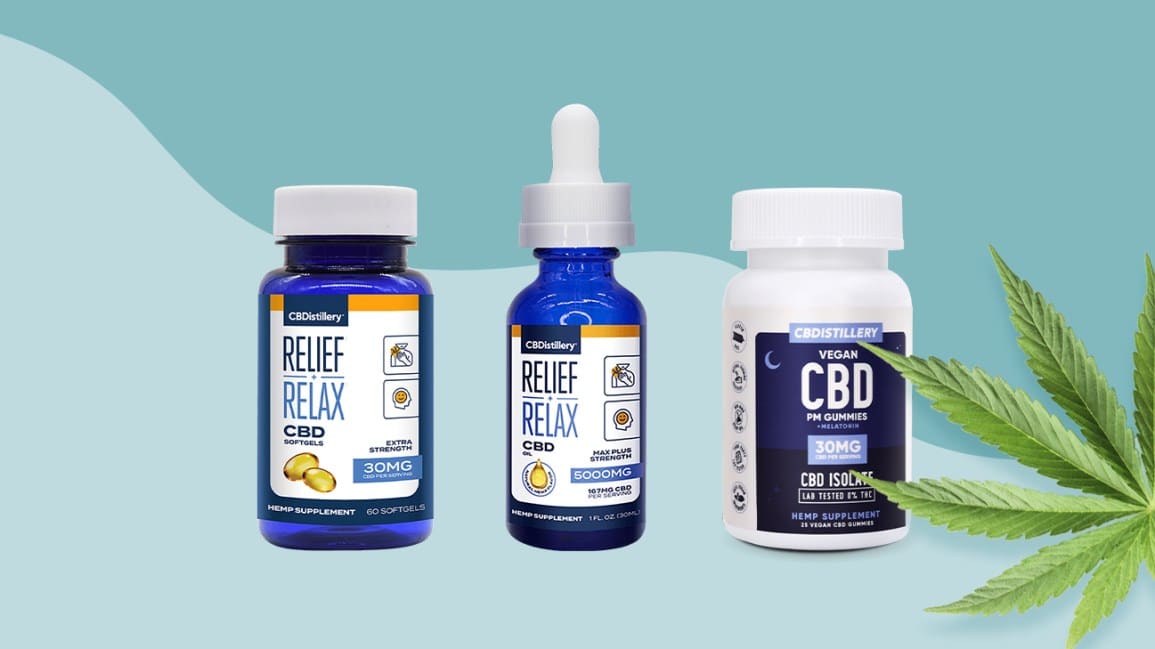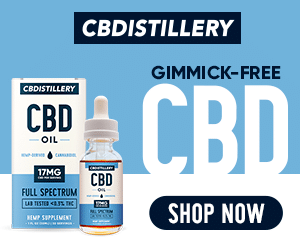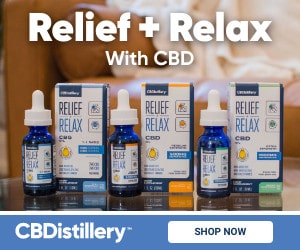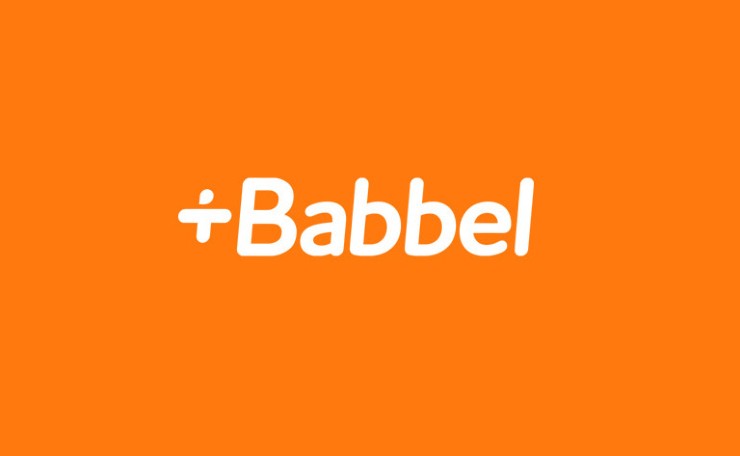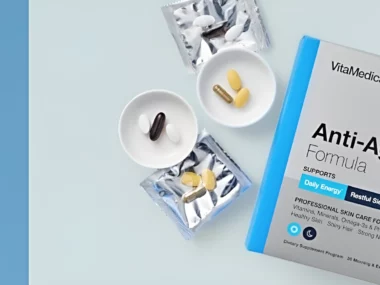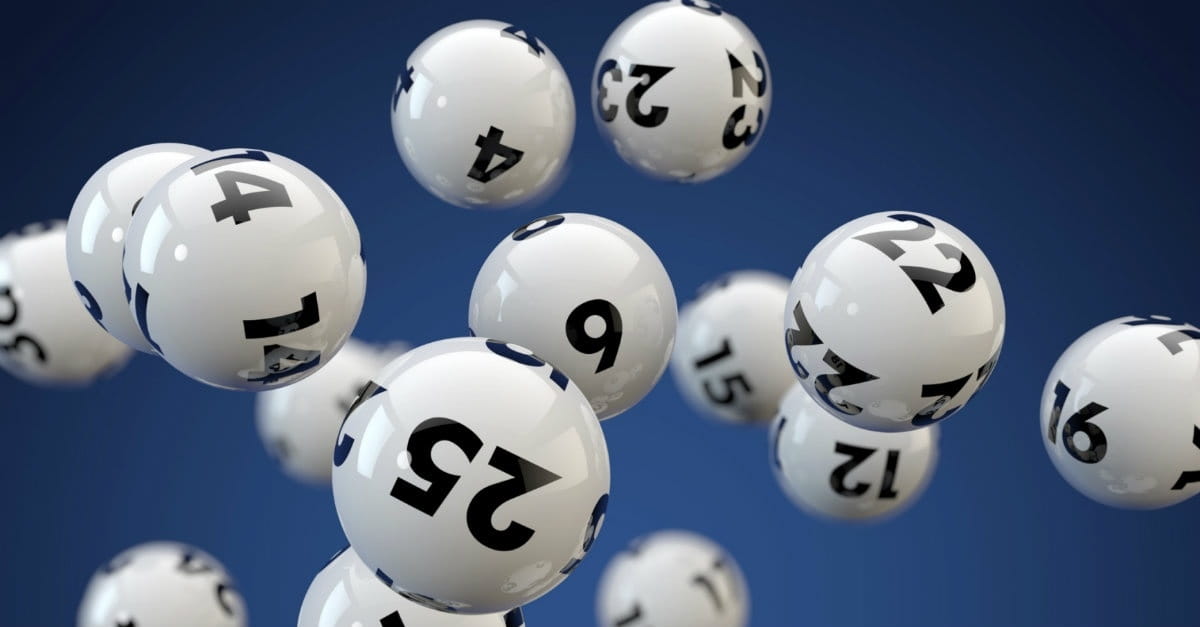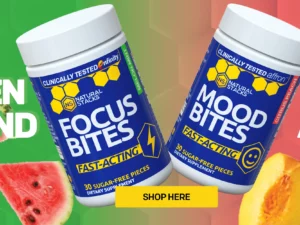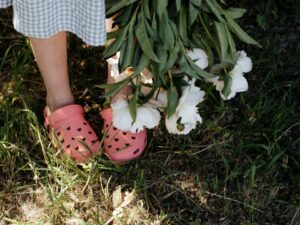Thousands of the cannabis products line store shelves, but determining what’s safe is up to you
1. Decide Why You Want to Use CBD, and in What Form
Of course, the first thing to consider is why you want to take CBD. Though it’s being touted for numerous possible health benefits—and some preliminary research suggests it might help with everything from pain and anxiety to multiple sclerosis and opioid addiction—for now it’s clearly proved to help treat only two rare, but devastating, forms of epilepsy. (Read more about the safe use of CBD.)
And even less is known about which forms of CBD—pill, topical, or drop, for example—might be appropriate. Still, experts do have some advice.
For very quick relief of, say, muscle cramps or anxiety, inhaling CBD may be most effective, via either a vape pen (think e-cigarette) or cigarette-style. For effects within a few minutes, oil drops under the tongue may be useful. Topical lotions, rubbed onto the skin, vary from person to person—some may feel it right away, others not for several hours. On the other hand, CBD in food products is likely to take longer—30 minutes or more—to be absorbed into your system. Read more about the pros and cons of each form.
2. Consider How Much THC the Product Contains
This is important mainly if you want to avoid the head-high that comes with THC, something that is important to many people who are considering CBD. But knowing the THC level can be important for other reasons, too, including how effective a product might be, as well as where you can buy it.
Some research suggests that in some people, CBD may work better when it’s combined with at least a little THC, says Martin Lee, director of Project CBD, an advocacy group that supports CBD research and the author of “Smoke Signals: A Social History of Marijuana—Medical, Recreational, and Scientific” (Scribner, 2012). This is called the “entourage effect,” Lee says, the idea that the sum of the two chemicals, plus other related compounds in the plant, is greater than their individual parts.
To be sure, that notion is more theoretical than proven. And only a small amount of THC—as low as the 0.3 percent cutoff required for CBD products made from hemp—may be needed to enhance CBD’s therapeutic effect.
So if you want a product that probably has a little THC but not so much to get you high, look for one made from hemp. Such products have the added benefit of being widely available, including online and in retail stores. (Note that while Boyar and other experts say that CBD products should also include THC levels on their labels, many made from hemp don’t. For that, you need to check a product’s test results, if they are available; see number 4, below.)
Finding a CBD product that’s more than 0.3 percent THC could be tougher. For one thing, you’ll have to be in a state that has legalized marijuana, not just CBD. You’ll also need to go to a state-licensed dispensary to buy it and, in the 20 states that have legalized just the medical use of marijuana, you’ll also have to get a recommendation from a physician. In states that have legalized medical and recreational use—Alaska, California, Colorado, Oregon, Massachusetts, Nevada, and Washington—you don’t need to see a doctor first, but you do need to be over 21. (Maine and Vermont have legalized marijuana for recreational use but have yet to open recreational dispensaries.)
Dispensaries may sell a variety of “CBD-rich” products that are high in CBD and relatively low in THC, including oils, tinctures, topicals, and vaping liquids. They may even sell buds or flower from marijuana strains that have been bred to have very low levels of THC, says Michael Backes, author of “Cannabis Pharmacy: The Practical Guide to Medical Marijuana” (Black Dog & Leventhal, 2014). For example, the strain “AC/DC” can be just 0.5 percent THC, barely above the cutoff allowed for CBD from hemp and much lower than the 20 percent or higher THC concentration typical of most marijuana strains, Backes says.
Still, Lee cautions that some people are much more sensitive to the psychoactive effects of THC than others. So if you want to avoid the head-high, it’s better to stick with CBD from hemp.
3. For Products From Hemp, Find Where It Was Grown
Many CBD products sold online and in retail stores come from hemp, not marijuana. And the source of that hemp can be important.
Most hemp used in CBD products sold in the U.S. comes from Colorado or Oregon (which have long histories with cannabis) or Kentucky (which passed a law to support hemp growers in 2013), or is imported from overseas, says Colleen Lanier, executive director of the Hemp Industry Association.
Among those sources, Lanier considers Colorado to have the most robust hemp program. The state’s agricultural program performs spot-tests of hemp plants while they are still in the field to check THC levels and will investigate the potential use of any illegal pesticides based on complaints. (Note that the 2018 Farm Bill, now in Congress, may make it easier for farmers to grow hemp and expand the number of states where it is grown and tested.)
Products made with hemp grown overseas can be even more problematic, because they are not subject to any state or federal testing, say both Lanier and Boyar. “There needs to be testing results available to consumers,” Lanier says, “and manufacturers should follow the FDA’s guidance for good manufacturing practices.”
So for CBD products from hemp, check labels to see whether they say where it was grown, and look especially for those from Colorado. Not all products, however, include that information. So in a dispensary or a retail store, ask the staff whether they know where the hemp was grown. And for products purchased online, check the companies’ website to see whether it has that information, or contact the seller to ask the same question.
4. Ask for Test Results
Always also ask to see a product’s COA, or certificate of analysis. That document shows how a product performed on tests checking for CBD and THC levels, and the presence of contaminants.
For products made with CBD from hemp, even Colorado doesn’t require testing of the finished product. So any COA for those final products comes from testing the company arranged on its own. Though not all manufacturers take that step, many do, Lanier says. That includes even some companies that use imported hemp, such as CV Sciences, which makes Plus CBD Oil from hemp grown in Holland.
If an online manufacturer or a retail store doesn’t have the information, or refuses to share it, avoid the product and the retailer.
One state, Indiana, has made it easier for consumers to find these COAs. Since July, all hemp-derived CBD products sold in stores in Indiana must include a QR code on their label that lets consumers download a product’s COA to their phone. All CBD products sold at Indiana locations of Fresh Thyme Farmers Market, a Midwest regional chain, now carry those codes, says Jonathan Lawrence, director of vitamins and body care at the chain. “It’s important for any consumer to know what’s in their product and what they’re taking,” Lawrence says.
For even more assurance about a product’s quality, Boyar recommends checking the COA to see whether it says that the lab meets “ISO 17025” standards. That suggests the lab adheres to high scientific standards. Also look to see whether a company uses testing methods validated by one of three respected national standard-setting organizations: the Association of Official Agricultural Chemists (AOAC), the American Herbal Pharmacopoeia (AHP), or the U.S. Pharmacopeia (USP).
Unlike hemp-derived CBD products, those made from marijuana must undergo testing—at least in states that permit medical and recreational use of marijuana. In some of those states, dispensary staff are supposed to have the COAs available and be willing to share them with you. If they aren’t, or the COA is not available, go to another dispensary or choose another product.
In states that have only legalized the medical, not recreational, use of marijuana, testing is less consistent, Boyar says. Several states—including Connecticut, Delaware, Hawaii, Florida, Illinois, Maryland, Minnesota, New Hampshire, New Jersey, New Mexico, and New York—do require some testing of products, according to the National Cannabis Industry Association. But others don’t, including Arizona and Michigan.
5. Look for Products That List the CBD Amount
Look for products that show how much CBD (or cannabidiol, its full name) you get not just in the whole bottle but in each dose, says Lee, from Project CBD. Dosages, which are expressed in milligrams, or mgs, vary considerably depending on the form of the product, and experts often suggest starting with products that have relatively low doses. For example, with tinctures, consider a product that has just 10 mg per dose, says Mitch Earleywine, Ph.D., a professor of psychology at the University at Albany, State University of New York. (Read more about the safe use of CBD.)
On the other hand, take extra care with products that list only the amount of total “cannabinoids” they contain, not specifically how much CBD is in them. Those cannabinoids could include not just CBD and THC but dozens of other related compounds. Companies may take that labeling approach because they hope it will attract less scrutiny from the Food and Drug Administration, Lee says.
Some of those products, which don’t include the CBD amount on their label, market themselves as “whole plant” or “full spectrum” hemp products, or say they are rich in other compounds from the plant, such as various fatty acids. Though it’s possible that those other compounds provide additional health benefits, that’s still uncertain. In those cases, you could check the COA, if they have one, which should list how much CBD or THC they contain.
6. Know What Other Terms on the Label May Mean
CBD product labels sometimes say that they were produced with “CO2 extraction.” That can mean that the CBD and other ingredients were removed from the plant using high-pressure carbon dioxide gas, not chemical solvents. Depending on the type of CO2 extraction used, the technique might be able to extract not just CBD but other cannabinoids (see number 5) in the plant, Boyar says. However, that approach is not necessarily better, because it’s unclear whether those other compounds provide additional health benefits. And it may not be safer, either, because some forms of CO2 extraction still use solvents, Boyar says.
Some CBD products also describe themselves as including or coming from “hemp oil.” In some cases, manufacturers use that term to mean CBD oil, which is oil rich in CBD made mainly from the leaves, resin, or flowering tops of hemp plants. But “hemp oil” more often, and more properly, refers to oil made from the seeds of the plant, and contains only very small amounts of CBD, says Lanier at the Hemp Industries Association. That oil is often included in hemp-based soaps, cosmetics, and similar products.
7. Avoid Products That Make Sweeping Health Claims
Making health claims, even just the ability to treat relatively minor problems like migraines, is legal only for prescription drugs, which undergo extensive testing for effectiveness and safety. And the more dramatic the claim, such as the ability to cure cancer or heart disease, the more skeptical you should be. Since 2015, the FDA has cracked down on dozens of companies selling CBD products online for making unallowed health claims.
8. Watch Out for Vaping Products With Propylene Glycol
Vape pens produce little smoke and are easy to transport and use—plus they can easily go undetected. But the concentrated oils used in vape pens of CBD might contain a solvent called propylene glycol. When burned at high temperatures, propylene glycol can degrade into formaldehyde, a chemical that can irritate the nose and eyes and could increase the risk of asthma and cancer. To avoid this problem, consider CBD vape pens that advertise “solvent-free oils.”
